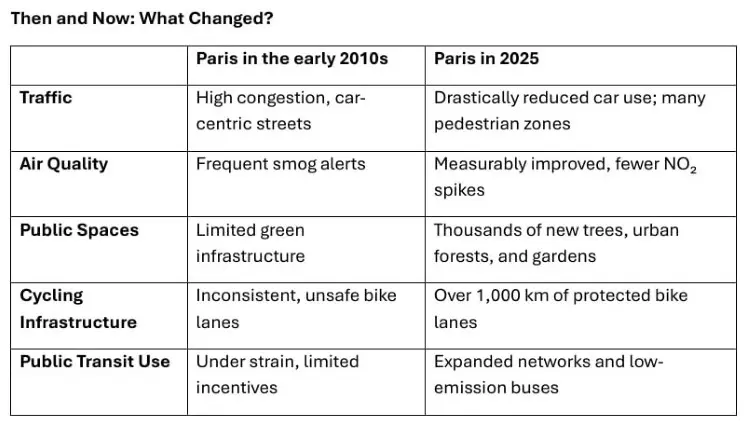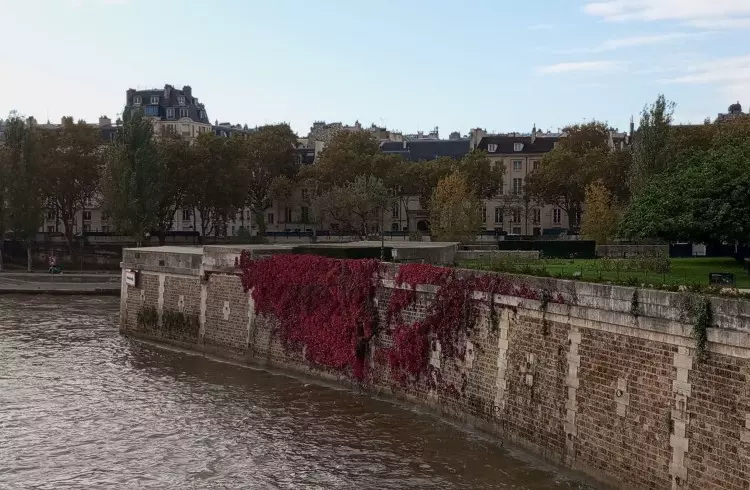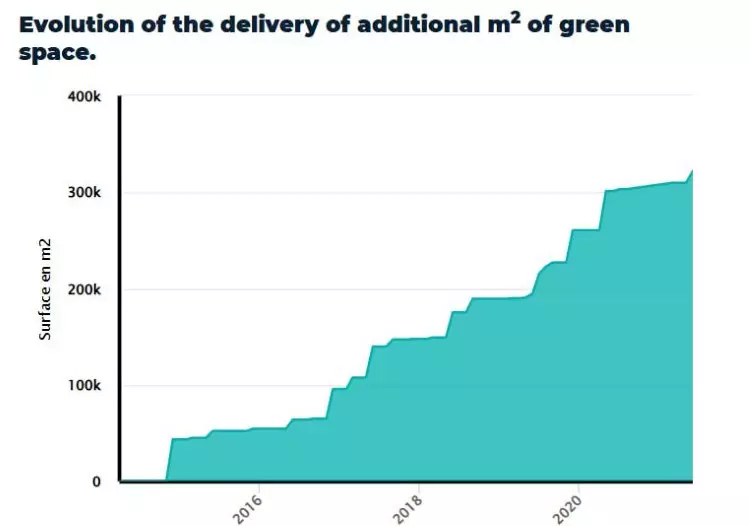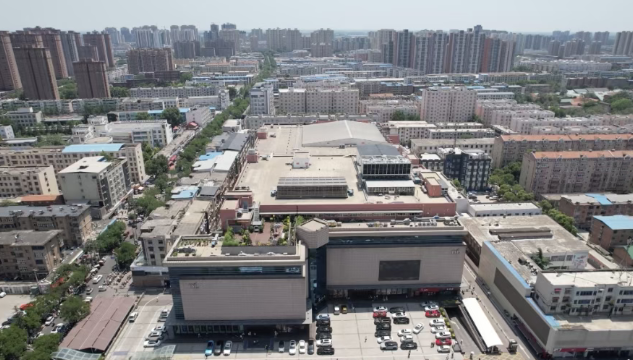Once known for its congested boulevards and smog-choked skies, Paris has spent the last ten years reinventing itself into a model Car-Free City and a leader in sustainable urban living. Through bold political will, strategic planning, and citizen-driven innovation, the city has achieved what many thought impossible: a cleaner, greener, and more livable capital.
Leadership and long-term vision for a car-free city
Mayor Anne Hidalgo and her team were key in steering Paris toward a more sustainable future. Since 2014, her administration set clear priorities: cut pollution, improve public health, and make the city more livable. These goals shaped policies that often challenged the status quo.
Hidalgo’s leadership provided direction, but the transformation was a collective effort—driven by planners, transit officials, local councils, and engaged citizens. Together, they reimagined urban life with fewer cars, more green space, and better service access. The team faced resistance—from drivers, business groups, and even national authorities. Still, city hall stayed the course, focused on reducing car use and reclaiming public space. These changes weren’t always popular, but they tackled urgent environmental and social challenges.
According to AIRPARIF, air pollution in Paris has dropped by nearly half over the past two decades, with major declines in harmful pollutants like nitrogen dioxide and fine particles. This progress reflects the impact of long-term planning and bold urban policy.

Their actions showed that bold, coordinated governance can deliver real change—even in a complex, historic city like Paris. The result: a global reputation as one of the world’s most forward-thinking urban environments.
How did Paris do it?
The city’s transformation didn’t happen overnight. Here are some of the most impactful actions taken under Hidalgo’s administration:
Car-free city: streets for people
Paris reduced car traffic by 40% in just ten years. Major streets like Rue de Rivoli became car-free, and the banks of the Seine turned into pedestrian-friendly promenades. Public squares once dominated by cars now host events, markets, and play areas. Last month, Parisians voted to pedestrianize 500 more streets, building on earlier moves like tripling SUV parking fees and converting key roadways into vibrant public spaces.

The bike boom
Paris invested over €250 million in its “Plan Vélo.” The city added 1,000 kilometers of protected bike lanes. Between 2019 and 2024, cycling trips doubled. New bike highways (“RER V”) now connect suburbs with the city center, making cycling safer and faster. These investments helped make Paris a truly car-free city, where bikes play a central role in everyday mobility.
Read more about cycling in city here.
Greening the city
Paris added 200 new green spaces, from pocket parks to urban forests. Over 30 schoolyards were turned into green “cool islands.” These areas reduce heat and absorb rainwater during storms. The city also mandated green rooftops on new buildings in many districts.

Smarter, cleaner transit
Public transport expanded, especially in low-income neighborhoods. Paris electrified 70% of its bus fleet, cutting noise and pollution. The metro added new lines and extended existing ones. These changes made it easier to leave the car behind.
The 15-minute city vision
Paris applied a simple idea: everything you need should be within a 15-minute walk or bike ride. Schools, parks, shops, and clinics became more accessible. Local businesses benefited. Commuting times dropped. Air pollution fell by 45%, and respiratory hospital visits decreased by 20%.
Read more about 15-minute city here.
Conclusion: a model for the future
Paris’s story shows that deep urban change is possible—even in a dense, historic city. The keys? Investing in active mobility, prioritizing public space, and building green infrastructure. These actions made Paris healthier, more resilient, and more equitable.
Other cities now face a choice. As climate threats grow, car dependency deepens inequality and pollution harms public health. Paris offers a roadmap: rethink streets, empower local life, and act boldly.


